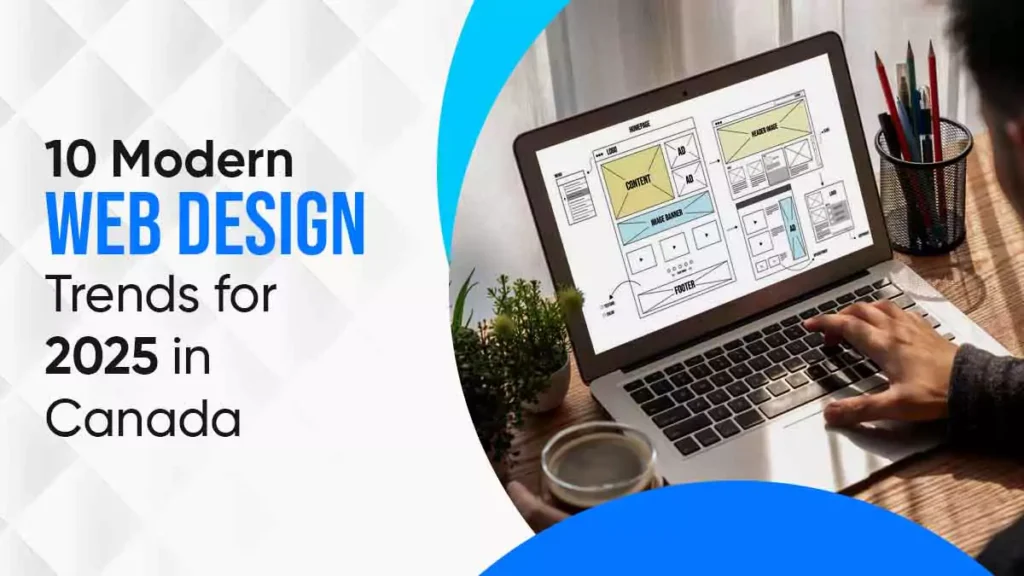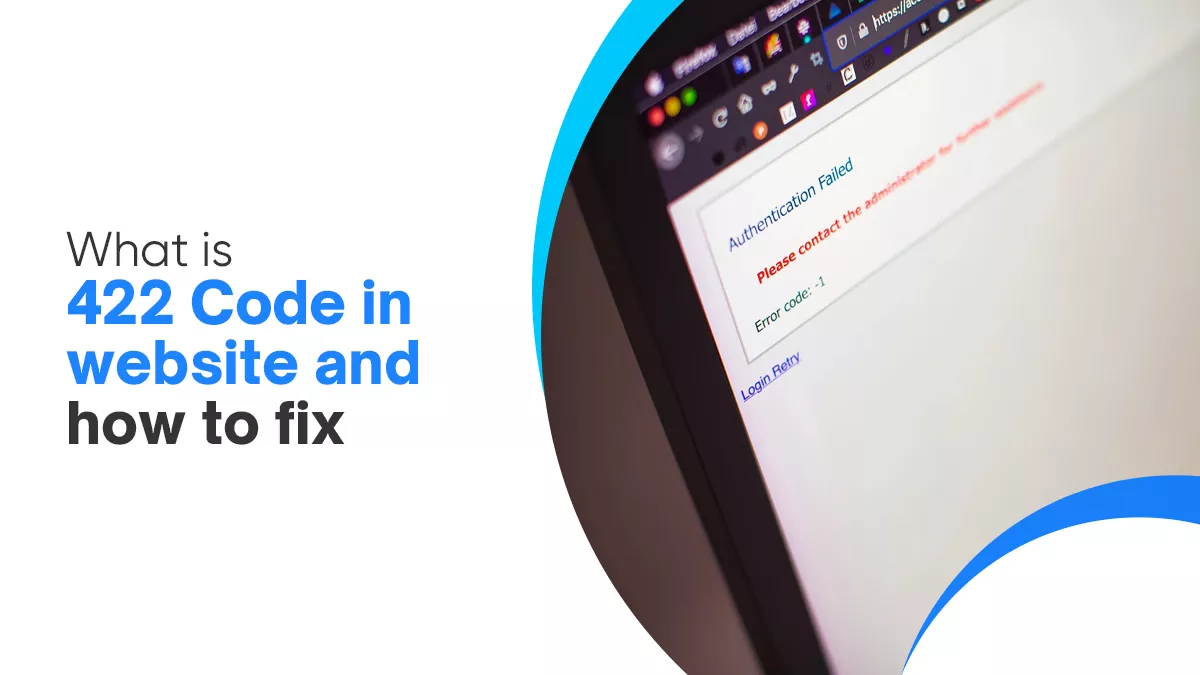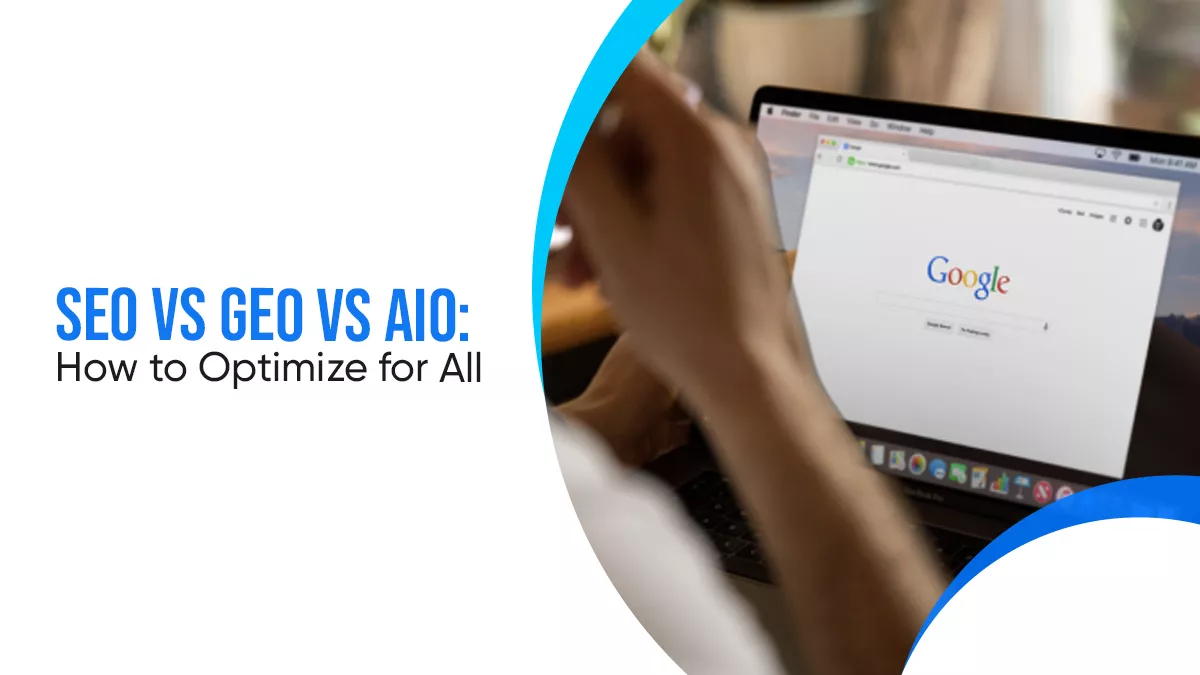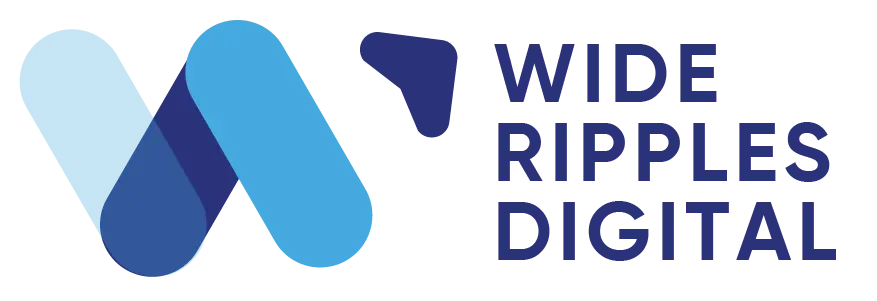Web design is changing fast. In 2025, websites in Canada are becoming smarter, faster, and more beautiful than ever before. Businesses, creators, and developers are focusing on user experience, clean visuals, and modern technology to stand out.
If you’re planning to update your site or build a new one, it’s important to know what’s trending. These modern web design trends for 2025 can help you stay ahead.
Why Modern Web Design Is Essential for Success in 2025
Your website is often the first (and sometimes only) chance to make a great impression. But in 2025, it’s not just about looking good, it’s about working smart.
How First Impressions in Web Design Impact User Trust
Whether you’re a local business, a national brand, or a startup, your website is your front door. A slow, outdated, or confusing design can turn people away in seconds. A modern, clean, and responsive layout builds trust and keeps users interested.
Why UX Design Matters: Building User Loyalty Through Better Web Design
Good web design doesn’t just attract visitors, it keeps them coming back. A website that’s easy to navigate, readable, and fast shows that you care about your audience. That’s the heart of UX-focused design. When users feel good using your site, they’re more likely to return or take action.
How Web Design Affects SEO Rankings and Conversion Rates
Search engines now favor well-designed, mobile-friendly websites. If your site loads slowly, isn’t responsive, or lacks accessibility, your rankings can suffer. Plus, smart design helps guide visitors to do what you want them to do, like sign up, contact you, or make a purchase.
How Web Design Reflects Your Brand Image in 2025
Your site’s design says a lot about who you are. Are you modern or outdated? Professional or sloppy? Forward-thinking or stuck in the past? By following modern site design trends, you show visitors that your brand is current and trustworthy.
Design Helps You Stand Out
With millions of websites online, standing out isn’t easy. But great design makes a big difference. When you use modern web aesthetics, creative layouts, and the latest modern website design Canada trends, your site becomes memorable, not just another tab to close.
10 Modern Web Design Trends for 2025 in Canada
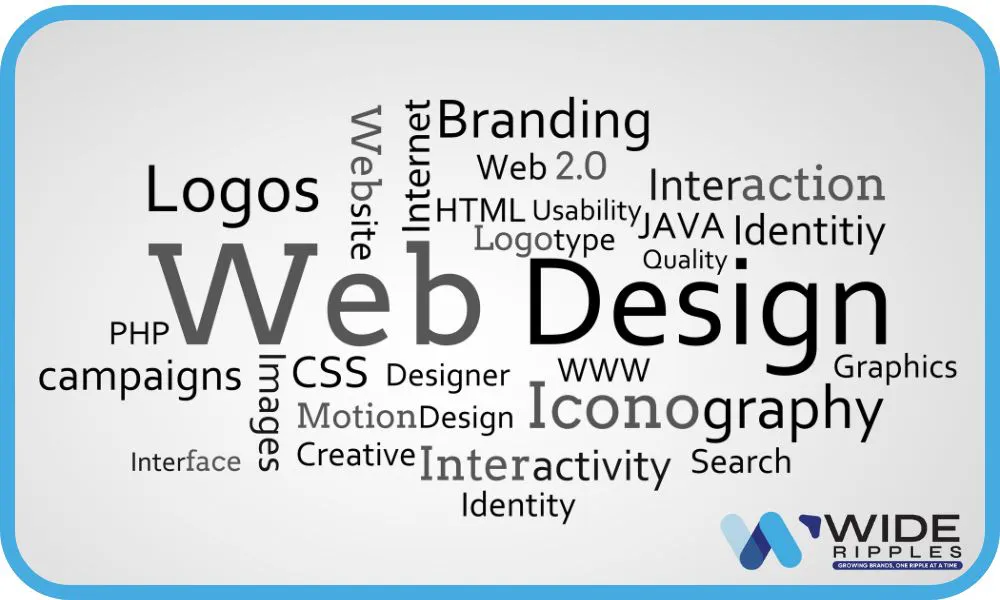
1. Scroll-Based Navigation Takes Center Stage
What Is It?
Instead of clicking through many pages, users scroll to explore content. This creates a smoother and more fun browsing experience.
Why It Matters
Scroll-based navigation, including non-traditional scrolling like horizontal or parallax scrolling, makes your site feel modern and interactive. It’s becoming a big part of modern UX/UI design in 2025.
2. Motion Effects That Tell a Story
What Is It?
Subtle movements like hover effects, fades, or sliding elements that activate as users scroll or click.
Why It Matters
These motion effects on homepage areas add life to your website. They help users focus on key information and create a more engaging story. This is a core part of interactive storytelling design.
3. Clean, Ultra-Minimalist Typography
What Is It?
Simple fonts with plenty of white space. No fancy styles, just clean, readable text.
Why It Matters
Ultra-minimalist typography helps users read faster and feel less overwhelmed. It’s perfect for modern responsive web design, working well on phones, tablets, and desktops.
4. Big, Bold Hero Image Headers
What Is It?
Large images or videos at the top of your homepage with a short message or call to action.
Why It Matters
These image header hero sections are great for first impressions. They quickly show your message and style. This trend is widely used in modern web design examples across Canada.
5. Vivid Color Gradients Make a Comeback
What Is It?
Bright, smooth transitions between colors are used in backgrounds, buttons, and sections.
Why It Matters
Vivid color gradients give websites a modern and fresh look. They’re eye-catching but not distracting. Many modern website layouts in 2025 use these gradients to highlight content.
6. Rich Graphics With a Purpose
What Is It?
High-quality images, icons, or even 3D visuals that give more detail and style to your website.
Why It Matters
Denser, richer graphics can make your site more interesting if they’re used wisely. They should support your content, not distract from it. This is key for next-gen web design 2025.
7. UX-Focused and Accessibility-First Design
What Is It?
Design that puts the user first, especially those with disabilities. It includes readable fonts, high contrast, keyboard navigation, and screen-reader support.
Why It Matters
In Canada, accessibility-first design is becoming a requirement, not just a nice extra. This ties directly into UX-focused design that improves usability for all.
8. Sustainable and Eco-Friendly Web Development
What Is It?
Designing websites to use fewer resources, load faster, and reduce environmental impact.
Why It Matters
Canadians care about the planet. Sustainable web design means better performance, less waste, and happier users. Use smaller images, cleaner code, and eco-friendly web development practices.
9. Flexible Layouts for All Devices
What Is It?
Websites that look and work great on any screen size, including phones, tablets, laptops, or desktops.
Why It Matters
Modern responsive web design adapts content instantly to fit the screen. It’s no longer optional, every site in 2025 must be mobile-friendly.
10. Human-Centered UX/UI Design
What Is It?
Simple, friendly design that feels natural and easy to use.
Why It Matters
Modern UX/UI design 2025 is about making websites feel personal. Micro-interactions, clean layouts, and smart content flow help users feel comfortable and stay longer on your site.
Final Thoughts: What Modern Web Design in 2025 Means for Your Business
In 2025, modern web design in Canada is more than just visuals, it’s about how a website works, feels, and performs. To truly stand out, your site needs to follow modern web design best practices focused on speed, clarity, and seamless user experience.
From scroll-based navigation to eco-friendly development, each trend we explored helps create websites that are not only modern but also meaningful for today’s users.
Looking for real-world inspiration or ready to upgrade your digital presence? Visit Wideripples to explore modern web design examples, or get started with their expert web design services built for forward-thinking businesses.
The future of web design is already here, and with the right team, your website can be beautiful, smart, and built for everyone.
Quick FAQs
What are the modern web design trends in 2025?
Modern web design trends in 2025 focus on scroll-based navigation, vivid gradients, minimalist typography, motion effects, and accessibility-first design. These trends aim to improve user experience while making websites visually modern and highly functional.
How to apply progressive enhancement in modern websites?
Start with a simple, functional version of your site that works on all browsers, then layer in advanced features like animations or 3D elements. This ensures everyone has access, regardless of device or connection.
Are sustainable and eco-friendly web design practices relevant?
Yes, more businesses are adopting eco-friendly web development to reduce energy use and improve performance. It shows social responsibility and improves loading speed, which users appreciate.
How to combine modern design trends with SEO best practices?
Keep pages lightweight, mobile-friendly, and fast-loading, even with advanced visuals or effects. Use proper heading structures, alt text, and clean code to support both SEO and great design.
What role does AI-generated imagery play in modern web design?
AI-generated visuals offer unique, on-brand content quickly and affordably. They’re becoming more common in modern website design in Canada for brands looking to stand out without hiring large creative teams.
How does responsive grid design improve UX?
Responsive grid design adjusts content automatically to fit any screen size, making websites easier to use on phones, tablets, and desktops. It creates a clean, organized layout that helps users find information faster.
What’s the difference between adaptive and responsive web design?
Responsive design uses flexible layouts that adjust fluidly across all screen sizes. Adaptive design loads fixed layouts based on specific screen widths, which can feel less smooth on changing devices.
How do image headers and visual storytelling work together?
Large image headers set the tone and mood right away, while storytelling design leads users through your content step by step. Together, they build emotional connection and guide user flow.
Why are bold typography and oversized text trending now?
Bold fonts and large text help deliver clear messages quickly and make content stand out, especially on smaller screens. It’s a big part of modern web aesthetics and improves readability for all users.
What is neumorphism, and is it accessible?
Neumorphism uses soft shadows and light to create a modern, 3D-like look, but it can be hard to read or navigate for users with vision challenges. It looks sleek but must be used carefully to maintain accessibility.
How can 3D elements and parallax scrolling improve engagement?
3D visuals and parallax scrolling create depth and movement, making websites more dynamic and visually interesting. These features encourage users to explore and stay longer on your site.
Are micro-interactions and cursor animations important in modern UX?
Yes, micro-interactions and cursor animations give users instant feedback, making a website feel more interactive and alive. They improve usability and keep people engaged with your content.
Disclaimer: The information provided in this blog is for general informational purposes only. For professional assistance and advice, please contact experts.

